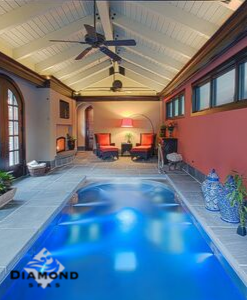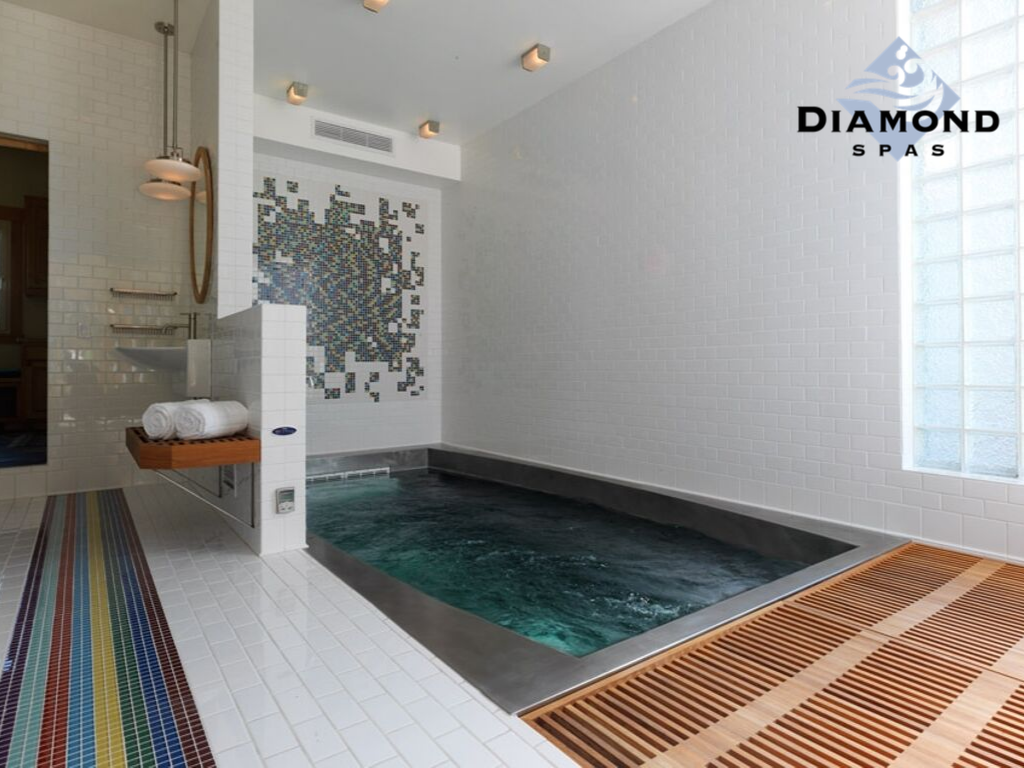- As Seen in
Pool and Spa News by Stephanie Mills
The stars have aligned for a segment of the spa market: Swim spas are enjoying increased visibility and significant sales increases compared to previous years.
“The buzz around swim spas has increased tremendously year over year,” says Dave Doornink, marketing director at Oregon Hot Tub, which has Oregon stores in Beaverton, Bend and Clackamas, and a location in Vancouver, Wash.
Part of that “buzz” was created when Fort Wayne, Ind.-based Master Spas partnered with Olympic swimmer Michael Phelps in 2010 to promote swim spas. When the spa manufacturer put the Olympian’s face on the product, the profile of swim spas was raised and even retailers who don’t carry the Master Spas product line reaped the benefits.
“We knew going in that, because of where our price point falls in the marketplace, there was going to [be] demand for the product in ways we couldn’t fulfill,” says Bob Lauter, Master Spas’ CEO. “We do OK with that. I think [Phelps as a spokesman] plays some role in it because, if you look back, we’ve had the Michael Phelps brand for the last four years and that’s when you’ve seen the most dramatic growth in swim spas.”
Price is one reason behind the double-digit percentage increase in swim spa sales for manufacturer Medallion Pools, based in Colonial Heights, Va.
“We’re about a quarter of the cost of everyone else in the industry,” says Johnny Mazza Jr., president of Medallion Pools. “I think that the biggest factor in helping us [with sales] is by making it affordable.” But it’s not the only factor. Mazza said their product’s modular design — the Medallion Ultra II has self-supporting walls with a vinyl liner — and the fact that homeowners can install the swim spa themselves and customize it makes it an attractive option.
The product’s popularity equates to more swim spas out the door for retailers, too, especially those in the North, where the climate restricts pool use to mainly summer.
With the wet climate of the Pacific Northwest, customers who come in for swimming pools might start thinking of a swim spa instead. “Their third question [about a pool] is, ‘Can I use it year-round?’” said Dan Hyatt, owner of Northwest Hot Springs with stores in Burlington and Ferndale, Wash. His swim spa sales were up substantially in 2013.
The appeal isn’t only limited to people in temperate climates, though. It’s broader than that and also fueled by one of the largest generations to date: the baby boomers. This aging population, the oldest of whom are nearing 70, remains physically active in ways generations before them weren’t.
But Lauter points out the flaw of boomers’ activity: “They have bad backs, and they’ve had knee replacements or knee surgery or they have a bad shoulder,” he adds. “A swim spa is the perfect place to exercise when they have that.”
Many of Hyatt’s buyers are seeking a way to do low-impact exercise, either because of age or previous injury. “You don’t have to sell them on that,” Hyatt adds.
Some manufacturers are capitalizing on the exercise and therapy aspect of swim spas’ appeal and even are marketing their wares with additional exercise equipment.
One of these is manufacturer L.A. Spas, based in Anaheim, Calif., which doubled the amount of sales of its exercise pools in 2013 compared to 2012.
Much of the sales increase is because of the variety of options the company now offers, says Don McIver, national show director for the company. After coming out with its first model, a 16-foot-long spa with three hot tub seats, McIver says the company found that customers were looking for more targeted products.
That prompted the development of a 13-foot spa for avid swimmers with three jets gushing 300 gallons of water per minute and one spa seat, and a similar spa with less jet power for recreational swimmers.
“We found that by having both of these, we can pretty much cater to everyone,” McIver says. Plus, the company sells a spa with a 13-foot swim area and a 5-foot soak area.
Consumers looking for a spa totally geared to fitness — but not necessarily swimming — have another option with the built-in treadmill feature from San Juan Pools, based in Lakeland, Fla. About a year ago, Kirk Sullivan, the company’s president, saw a void that the company could fill for people who wanted to walk or run in water.
“Some people never learned to swim, and some people don’t want to put their face in the water and get the water blasted at them and they don’t want to get their hair wet,” he says. “They want the exercise in water. Walking in water is different than swimming in water.”
For more than 15 years, San Juan Pools has made a version of their walking pool for rehabilitating horses, so they combined that technology to bring a human version to people’s homes.
Sales also are boosted by an impediment to pool installation: yard size. Smaller yards make it less feasible for homeowners to have an inground pool, but many still want the ability to swim and play in their backyards. The size of a swim spa makes that possible.
Master Spas is seeing an increase in international sales where yard space is tight, such as Europe and Israel. “A swim spa is a great way to put water in their backyard without all the other stuff that needs to go into building a pool,” Lauter says.
The trend of swim spas also is following a parallel of the national housing market. Because homes sales are up and prices are so affordable, new homeowners have money left over for improvements, such as adding features to the backyard, that they didn’t anticipate they would have. When they can’t afford or fit a swimming pool, a swim spa becomes a good option.
“We truly see a very bright future in exercise pools,” McIver says.


